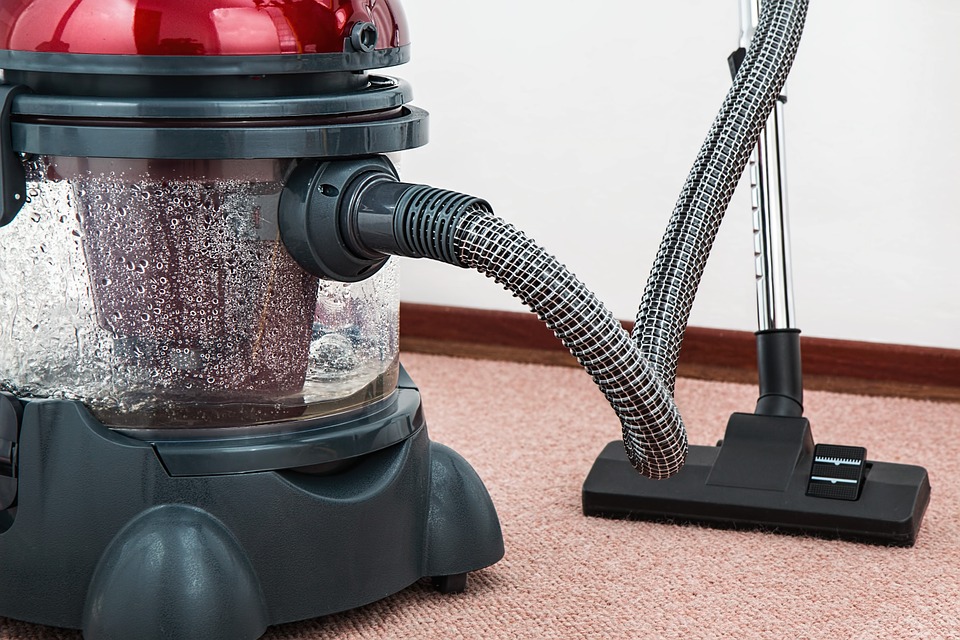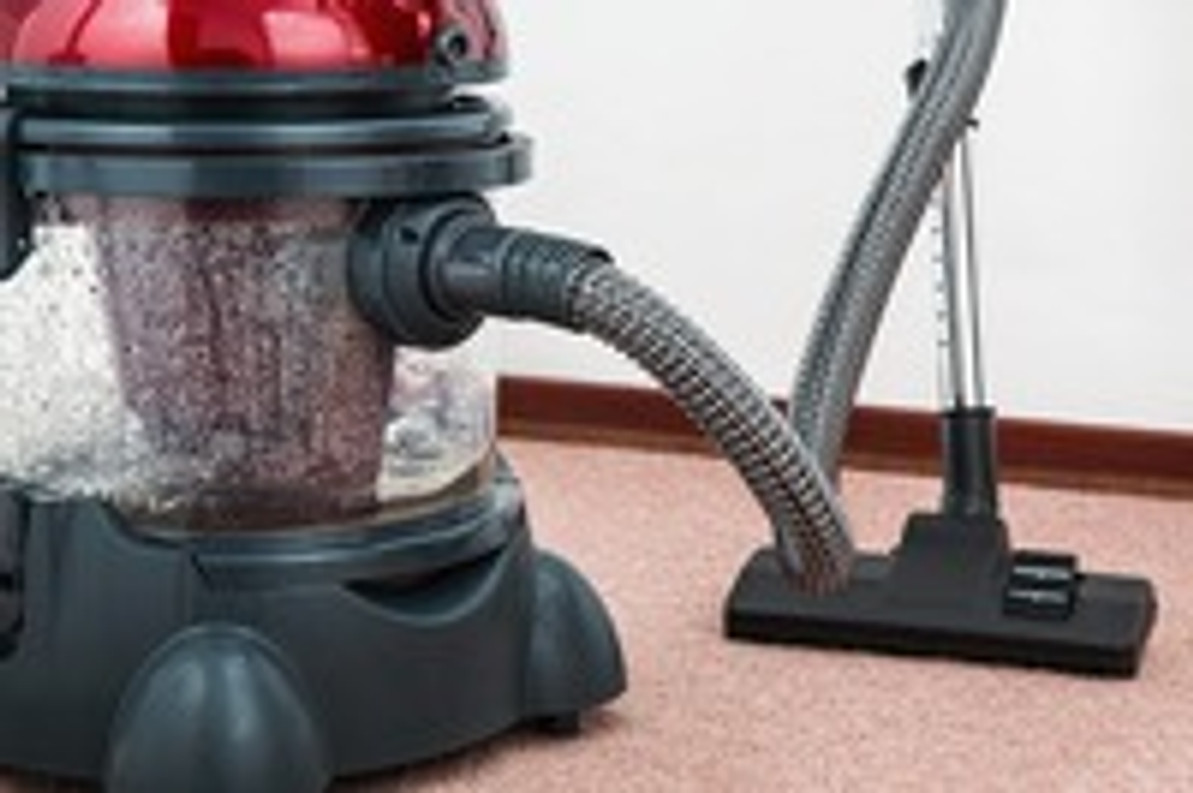Study: Household Dust Contains Toxic Chemicals and Compounds

You know the old saying that dust is 99% dead skin? Well, there's a new study suggesting that household dust contains a wide variety of toxic chemicals and compounds.
For the study, a consortium of researchers from Harvard University, University of California-San Francisco, Silent Spring Institute and the Natural Resource Defense Council analyzed data from more than two dozen existing studies on household chemicals. Their goal was to draw conclusions regarding levels of indoor chemicals in the average American home.
Researchers discovered that the average U.S. household contained a variety of harmful chemicals and toxins -- and the sources were somewhat surprising. While most people are well aware of toxins in cleaning products and pesticides, other products like deodorant, food packaging and personal hygiene products also contained toxic chemicals.
Next, researchers collected and analyzed dust samples from homes. They found ten toxic chemicals in roughly 90% of all dust collected and tested. Phthalates, for instance, was found in both children's toys and vinyl flooring. It was also the most common and widespread toxic chemical identified in this study. As noted by the study's authors, Phthalates has been linked to a multitude of health complications, including reproductive disorders.
Another common toxic chemical identified in this study was the flame retardant TCEP, which was found in baby products and consumer electronics.
"Most studies only measure a few chemicals so it makes it hard to understand typical exposures in homes and work places,” said the study’s lead author Ami Zota of Milken Institute School of Public Health at the George Washington University, in Washington, D.C. “We wanted to be able to draw more solid conclusions about concentrations of indoor chemicals in the U.S. by pooling data across all of these studies."
Of course, this shouldn't come as much of a surprise, given that Environmental Protection Agency (EPA) recently listed indoor air pollution as being one of the world's top five environmental hazards.
So, what steps can you take to rid your home of toxic dust? First and foremost, choose your products carefully. Look for BPA-free and additive-free products when possible. You can also minimize dust in your home by cleaning on a regular basis. Opening the windows and vacuuming, for instance, will help dispel some of the dust.
Recent Posts
-
Fire Safety in the Workplace: What You Need to Know
What steps are you taking to prevent fires in your workplace? According to the U.S. Occupational Saf …Aug 23rd 2023 -
Is It Safe to Go Jogging With a Cold Infection?
If you're suffering from a cold infection, you might be wondering whether it's safe to go jogging. T …Aug 22nd 2023 -
5 Safety Tips to Follow When Using a Powder-Actuated Tool
Powder-actuated tools are commonly used to join materials to steel and concrete. Also known as Hilti …Aug 20th 2023




